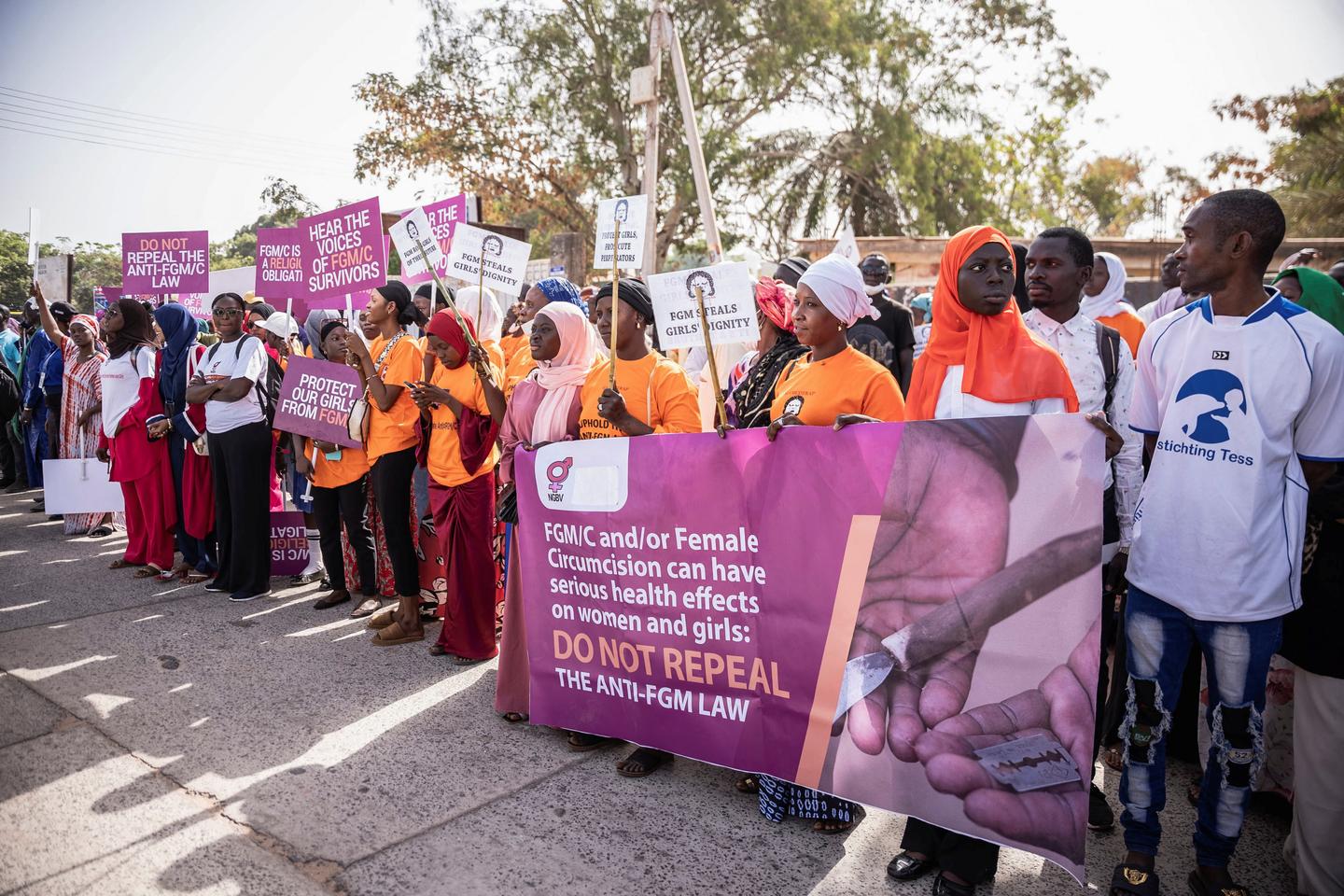


Female genital mutilation (FGM) continues to take a heavy toll on girls and women around the world. In eight years, the number of women of all ages who have suffered from some form of this practice rose from 200 million to 230 million, an increase of 15%, according to a UNICEF report published on March 7. According to the UN agency, this increase is due "above all" to rapid population growth in several countries where FGM is practiced. The percentage of the population affected is actually falling in several countries.
However, this decline "is not fast enough," commented Wisal Ahmed, the coordinator of a joint United Nations Population Fund (UNFPA) and UNICEF program against FGM. She added that progress would have to be "27 times faster" to achieve their eradication by 2030, one of the UN's Sustainable Development Goals. "More girls are subjected to the practice at younger ages, many before their fifth birthday. That further reduces the window to intervene," UNICEF Director General Catherine Russell stressed in a statement.
FGM is often justified by a concern for chastity and purity. According to UNFPA, it is used to control women's sexuality and guarantee their virginity. In some communities, FGM is a prerequisite for marriage. FGM can be a decisive factor in social inclusion and part of coming-of-age rituals and is often perceived as a religious commandment, particularly in certain Muslim communities.
High health risks
UNFPA and the World Health Organization distinguish between three main types of mutilation. The first is clitoridectomy, which entails total or partial removal of the clitoris or even the clitoral prepuce. The second, commonly known as excision, extends this by also involving the total or partial removal of the labia minora and sometimes the labia majora. The third type, infibulation, consists of narrowing the vaginal opening by sectioning and repositioning the labia, sometimes using sutures. This may be combined with the removal of the clitoris. Short-term health risks are high – severe pain, hemorrhage, infection – and can lead to death. In the medium to long term, complications include difficulty in passing urine, painful menstruation, pain during sexual intercourse and difficult childbirth with a risk of death for the newborn.
UNICEF's report paints a complex and contrasting picture. Of the girls and women affected, some 144 million live in Africa, 80 million in Asia and six million in the Middle East. The three countries where it is most prevalent are Somalia, where 99% of girls and women have undergone FGM, Guinea (95%) and Djibouti (90%). Infibulation, undergone by half a million girls every year and considered the most severe form of mutilation, is practiced mainly in Sudan, where it accounts for around 70% of cases, and in Somalia, where it accounts for over 40%.
You have 55.46% of this article left to read. The rest is for subscribers only.
